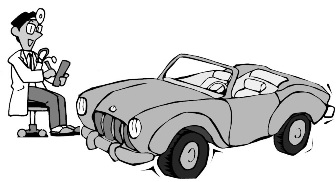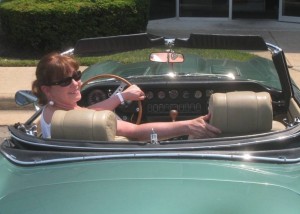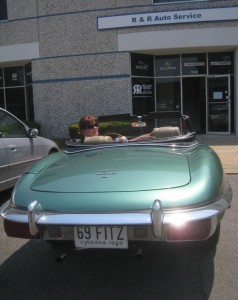Think of your vehicle as our patient. We say this because, as with a doctor-patient relationship, effective care for your car depends on good communication between you and
the R&R team. Here are tips for helping us understand your vehicle’s needs when you bring it in for maintenance service or repair.
ONE. Make note of any changes. Just as you know your own body better than any doctor can, you also know your own vehicle better than anyone. You know how it sounds, smells, feels, and responds when it’s healthy and running well. You’re also the first observer of any change in the way it operates. Watch for these warning signals:
-
Unusual sounds or odors.
- Drips, leaks or smoke.
- Unusual vibrations.
- Warning lights or changes in gauge readings.
- Change in acceleration performance.
- Change in engine performance.
- Change in gas mileage.
- Changes in fluid levels.
- Problems in handling, braking, or steering.
TWO. When you first notice a problem, start a written record for your technician. Record details such as these:
- When did the problem first occur?
- Is the problem constant or does it appear intermittently?
- Does the problem occur when the vehicle is cold or after the engine is warm?
- Does the problem occur while driving at any speed? During acceleration? During braking? During shifting?
- Does the problem occur in wet or dry weather? Cold or warm? When the terrain is flat or hilly? Smooth or bumpy?
THREE. Try to resist recommending a specific repair. Allow your technician to diagnose the problem just as a doctor would before proceeding with repair.
FOUR. Stay involved and ask questions once your car is in our care. Ask as many questions as you need. Ask us to explain any terms you do not understand. Please ask!
FIVE. Don’t rush the technician to make an immediate diagnosis. The technician needs to recreate your experience in order to diagnose accurately. Ask us to call you to discuss any course of action and associated costs before work begins.
SIX. Be sure we can reach you and that you understand R&R policies regarding labor rates, guarantees, and methods.







